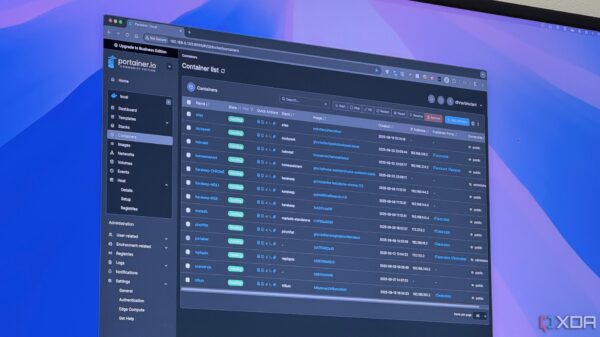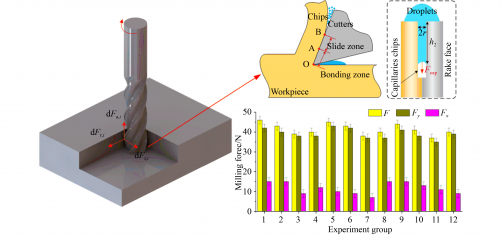In a significant development for aerospace manufacturing, researchers have made strides in improving the milling process for the nickel-based high-temperature alloy GH4169. This material is essential for producing key components of aeroengines due to its remarkable high-temperature strength, hardness, and resistance to oxidation and corrosion. However, machining GH4169 poses challenges, such as high milling temperatures and residual stress, which can affect performance and product quality.
Traditional cutting methods often rely on high-flow cutting fluids, which not only contribute to environmental pollution but also have low utilization rates. Conventional minimum quantity lubrication (MQL) tactics face issues such as uncontrollable droplet sizes and the emission of fine particles that pose health risks. To address these challenges, a team of researchers from Qingdao University of Technology and Hanergy Lubrication Technology Co., Ltd. has explored the potential of electrostatic atomization minimum quantity lubrication (EMQL) in its latest study titled “Force Model in Electrostatic Atomization Minimum Quantity Lubrication Milling GH4169 and Performance Evaluation.”
Research Methodology and Findings
The study, led by researchers including Min Yang and Hao Ma, established a milling force model by breaking down the helical edge of the end mill into microelements. This approach allowed the team to analyze the tangential, radial, and axial forces affecting the milling process. By integrating these forces through coordinate transformation, they derived a total cutting force that enhances understanding of the machining dynamics.
Utilizing soybean oil as the lubrication medium, the team conducted comparative experiments between EMQL and traditional pneumatic atomization MQL on GH4169. The findings revealed noteworthy advantages of EMQL: it reduced milling force by 15.2%–15.9%, surface roughness by 30.9%–54.2%, and friction coefficient by 55%. Additionally, the average roughness spacing improved by 47.4%–58.3% and cutting specific energy decreased by 19.6%.
Optimizing Milling Parameters
Further experiments focused on optimizing milling parameters, analyzing the effects of flow rate, air pressure, voltage, incident angle, elevation angle, and target distance on milling performance. The results indicated that air pressure had the most significant impact on milling force and cutting specific energy, contributing 22% to performance outcomes. In contrast, voltage was found to be the key factor influencing surface roughness, with a contribution rate of 36.71%.
The optimal combination of parameters identified for EMQL includes a flow rate of 80 mL/h, air pressure at 0.1 MPa, voltage of 30 kV, nozzle incident angle of 35°, elevation angle of 30°, and a target distance of 40 mm. These findings not only enhance the milling process’s efficiency but also address environmental and health concerns associated with droplet drift.
This research marks a significant contribution to the aerospace sector, providing valuable insights into improving the surface integrity of challenging materials like GH4169 during machining processes. The full text of the study is available for further review at https://doi.org/10.1007/s11465-024-0800-8.







































































